I recently experienced my first yoga festival. Held in the beautiful Rocky Mountains, Banff, AB brought together exceptional teachers of yoga, meditation, and mindfulness from Banff and beyond. There was yoga, culture, and adventure as people from all over gathered together to study all things yoga and connect to this unique culture.
The majority of the weekend was spent at the Fenlands Recreational Centre. This space underwent a multi-million dollar renovation several years ago, making it rustic and modern while boasting mountain views and LEED design. How fitting to promote health, sustainability, and well-being in a building with some of the most advanced green technologies. The Fenlands is located adjacent to a wildlife corridor. The event also took many into the mountains, to historical spaces, and to significant places in Banff that could be considered “hidden gems”.
The three day festival boasted a yoga market, hikes, stand up paddle boarding, mountain meditation, mala making, raw chocolate making, yoga talks, physical practices, taco making, yoga and wine, belly dancing, skincare, barre, ayurveda, sourdough bread making, foam rolling, Buddha bowl making, and, an after-party.
It was also a great time for friends to gather. I met three other women who I went to university with and we try to arrange get togethers every year or two as we all live in different areas.
The first day I was scheduled for four activities but in reality made it to two. The first “Into the Wild” was a hike and meditation which unfortunately me and one other friend couldn’t arrive in time for. We also all chose to visit in our room instead of making it to the opening class.
Finally we all moved on to scheduled events; some joining each other, some going solo. I enjoyed “Finding the Still Point” with Sarah Harvie. In this workshop we used a blend of craniosacral therapy and meditation techniques to help ourselves and others drop deeper into what is referred to as the “fertile void”. We tapped into our own subtle rhythms and learned to tap into other’s rhythms through partner work. We practiced giving each other subtle adjustments in savasana and how to find energetic restrictions in the body. I admit I was skeptical at first but both my partner and I were able to sense where each other were holding muscular tension without any speaking.
Three quarters of us finished the evening with “Adversity to Light” led by Edmonton’s Andrew Misle. His classes skillfully blend music, clearly discerned sequencing, and his philosophical teachings are delivered with humour and fearless authenticity.
Live music was provided by Garth Stevenson. I have used this Brooklyn-based film composer and double bassist material when teaching a yoga class. He was raised in the mountains of Western Canada, nature became his primary inspiration and the common thread between his life and music. In the past four years, Garth has released two full-length solo albums, informed by his experiences carrying his 150-year-old double bass to the woods, the beach, and the desert. His most recent and critically acclaimed release, Flying, is a 75 minute homage to a recent life-changing trip to Antarctica. Of Flying, iTunes praises, “Garth Stevenson joins the likes of Brian Eno and Sigur Rós as a practitioner of this ethereal yet accessible genre… ‘The Southern Sea’ offers the aural equivalent of effortlessly swimming underwater without ever needing to come up for air.” Flying was recently featured on WNYC’s New Sounds radio program along with Ben Frost and Yo-Yo Ma and was featured on the main page of iTunes.
Garth played his double bass to seals, penguins and icebergs while composing the score. “I spent a few weeks prior to the trip learning to adapt whale calls on my bass by playing along with Roger’s Songs Of The Humpback Whales recording the same way I used to play along with jazz albums. One evening, in the middle of a four-day open sea crossing between South Georgia and Antarctica, I gave a concert at sunset on the bow of our ship. I was improvising and creating layers with my loop pedal then started imitating whale calls on the bass. A few minutes later twelve sei whales came and swam next to our vessel!”
Saturday morning one friend and I started off with “Slay Your Dragons” courtesy of Erin Evans. It was a strong and challenging class to begin the day but we slayed it. Discussing the human afflictions to expose your self limiting beliefs this class involved a fun flow with the sweat beats of DJ Sol Rising. Sol Rising’s original soundscapes evoke feelings of inspiration and bliss through an eclectic mix of electronic music, mid-tempo house, chill-trap, ambient and hip-hop.
Born in Vancouver BC, raised in Fairfield Iowa, Sol Rising began meditating at age four with a walking mantra technique. His mother took him to visit numerous spiritual teachers, who inspired him on the spiritual path he walks today. As a teenager, he became a hip hop fanatic. His rooted interest in hip hop led him to learning the art of scratching — using turntables as musical instruments. Sol Rising soon became one of America’s top scratch DJs, winning second place at the DMC, the world’s most prestigious DJ competition.
After graduating in the top five per cent of his accounting class at University of Iowa, he realized accounting was not his path. A journey to India illuminated his true calling — to light up people’s awareness of their true nature through music. This lead him to study audio engineering and production at Pyramind Studios in San Francisco, CA. Now a successful Producer/DJ, with over six albums released, Sol Rising plays events throughout the US, Canada, Europe, Asia and Australia at festivals such as Wanderlust, Burning Man, Symbiosis and Lightning in a Bottle. Sol Rising has been featured in major media outlets including the Yoga Journal, Washington Post, and his music has been streamed over two million times on Spotify and one million on Soundcloud.
Next came “The Feminine Face of Yoga” with Anne Douglas. This yoga talk was described as, “The Feminine Face of Yoga embraces the corporeal experiences of emotion, gut intuition, sensuality and embodiment, while building on the masculine path of intellect, renunciation and transcendence as a path to Freedom. This integrated view may even provide answers to the global environmental and political crisis we all face.”
The presentation reviewed a Reader’s Digest version of the Foundational Philosophies of Yoga, explored the pre-historical feminine roots of Yoga, discussed some of the essential expressions of the feminine in yoga. We experienced the wisdom and potency of the feminine as celebrated in the Tantric texts that include the Vijnanabhairava, the Spandakarika, uncovered feminine variations of practices from the Yoga Sutras and discussed building a vision for the future of yoga that embraces both the masculine & feminine.
I was then scheduled for Jivamukti Flow and Mountain Meditation but decided to skip both. While we felt we should book our selections early for the whole weekend, we found that we wanted to some down time as this was a get-away also. The weather also made outdoor activities less than desirable.
I was excited to attend one of the yoga talks with Jeff Mah later that afternoon; Yoga and Activism. There are times in our lives where we will be faced with a choice: stand up and make a difference… or live with the burden of being silent. Jeff’s had first hand experiences with activism in protecting the delicate ecosystem in the Bow Valley. Afterwards, we engaged in practices to solidify our commitment for a better world. This was for everyone and anyone but as Jeff pointed out, as a yoga teacher you have a platform.
Three of us finished the evening with a mala making course. There was an after party but we decided to go back to our room and play the board game Speak Out instead.
On the final day I finally got to try Stand Up Paddle (SUP) boarding on Two Jack Lake (a glacier lake). One the the most beautiful places to paddle in the world. From pristine lakes to tranquil turquoise rivers, paddling here is an unforgettable experience.
I found the experience in the mountains rejuvenating and inspiring. Inspiration for my life, my classes and to attend more yoga festivals in the future.

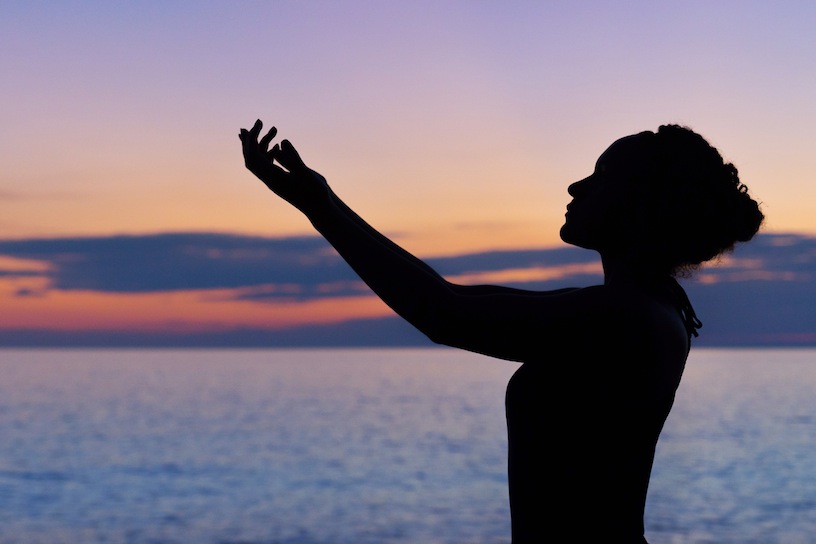

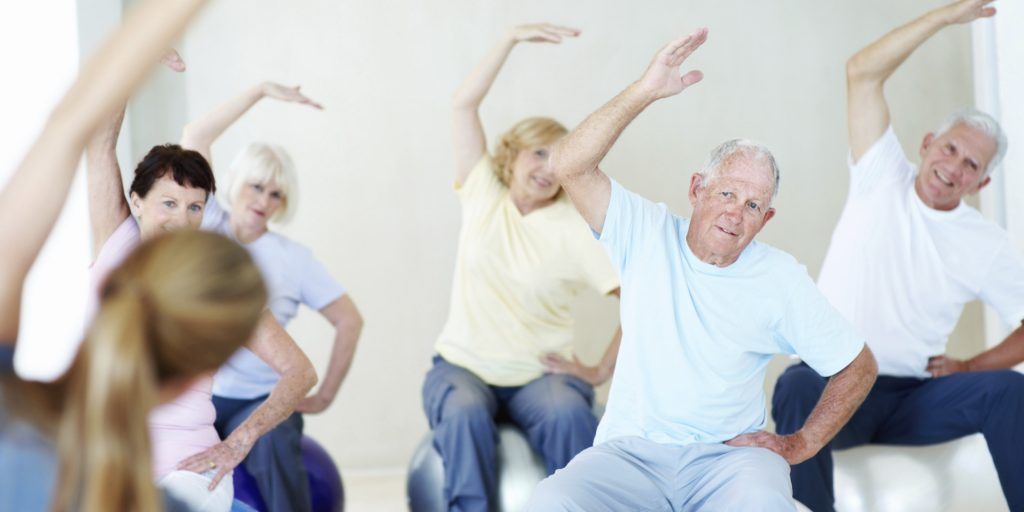
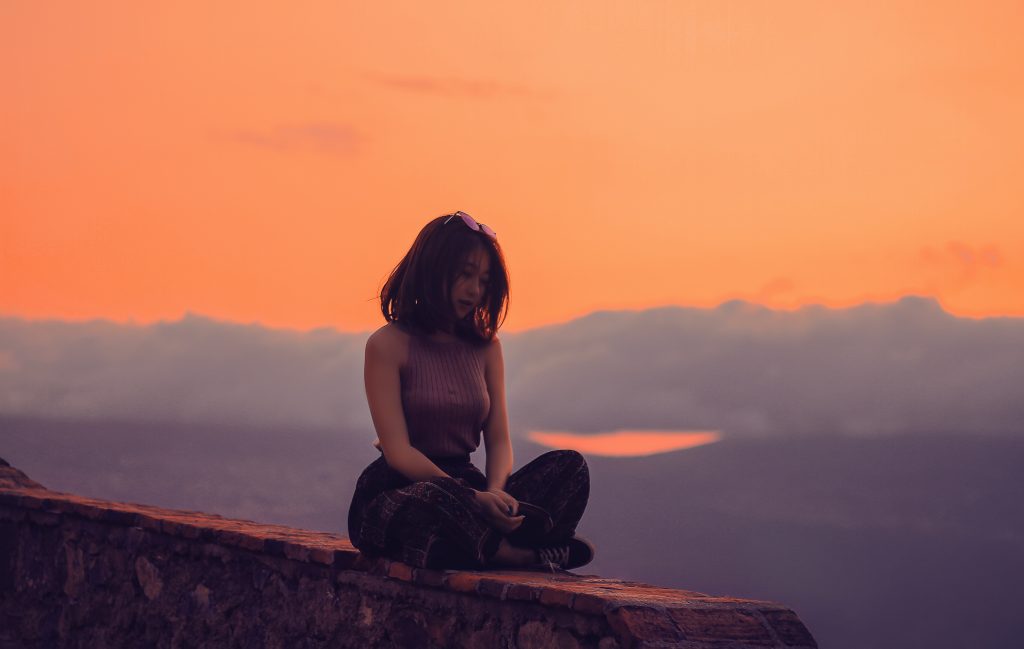
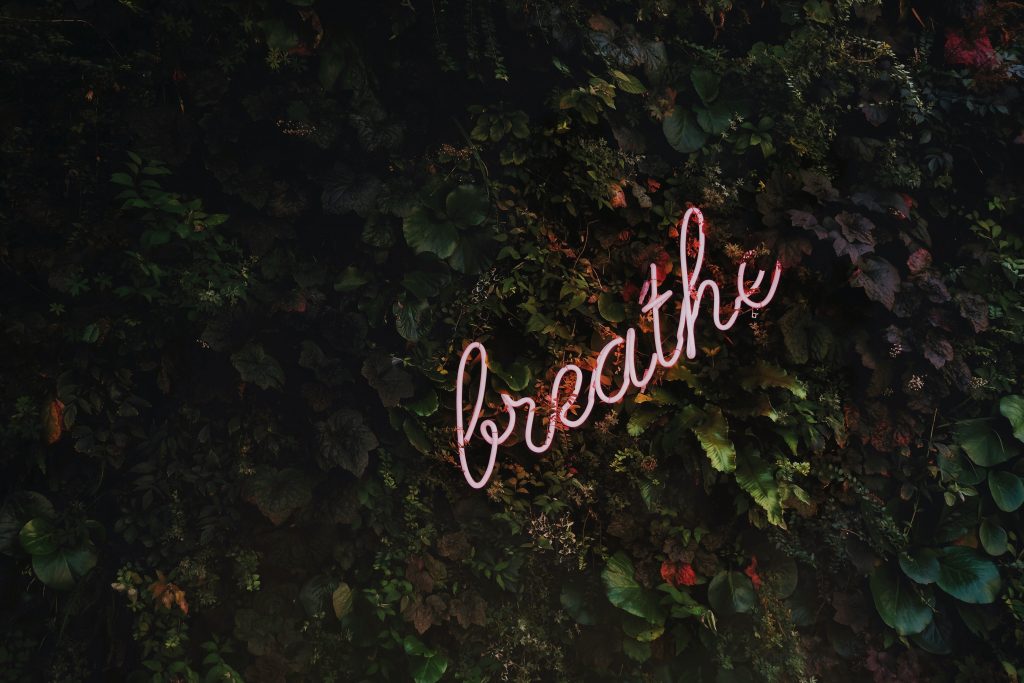
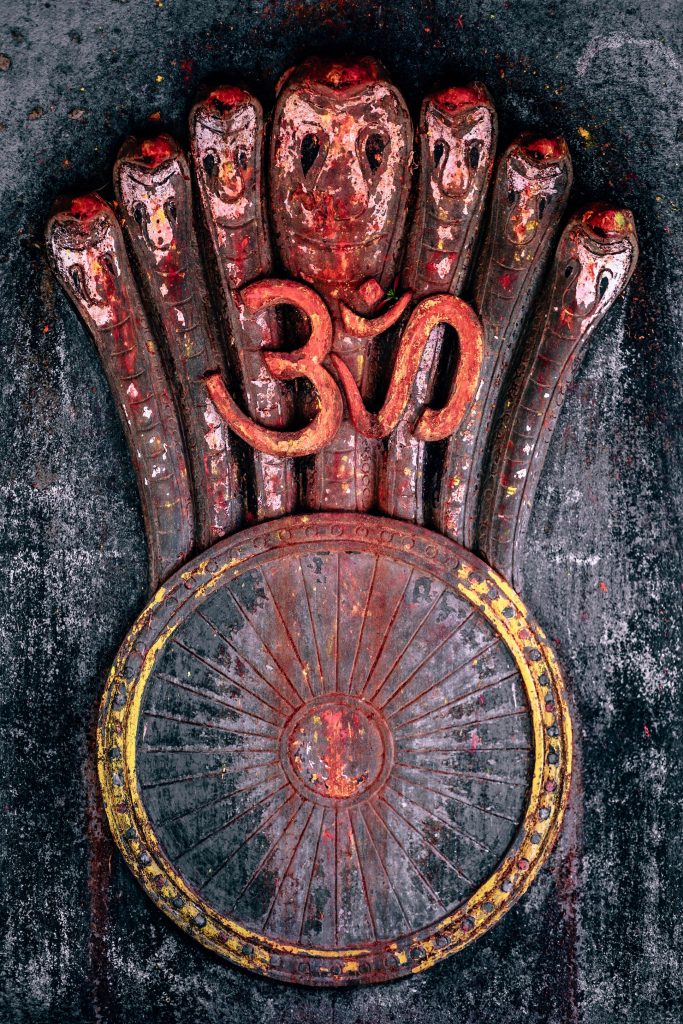
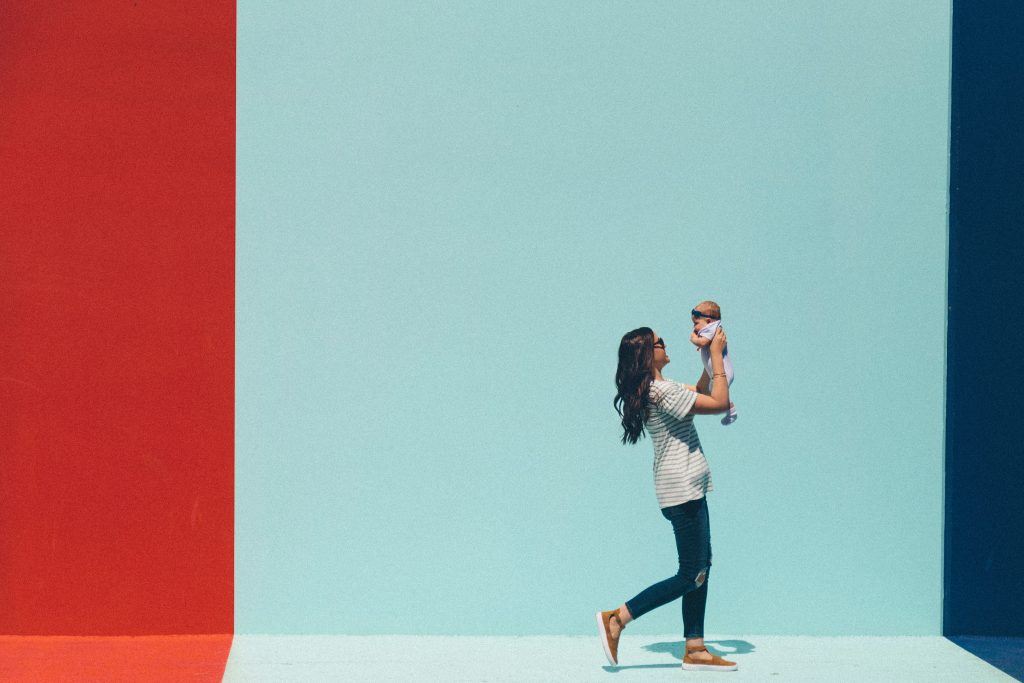
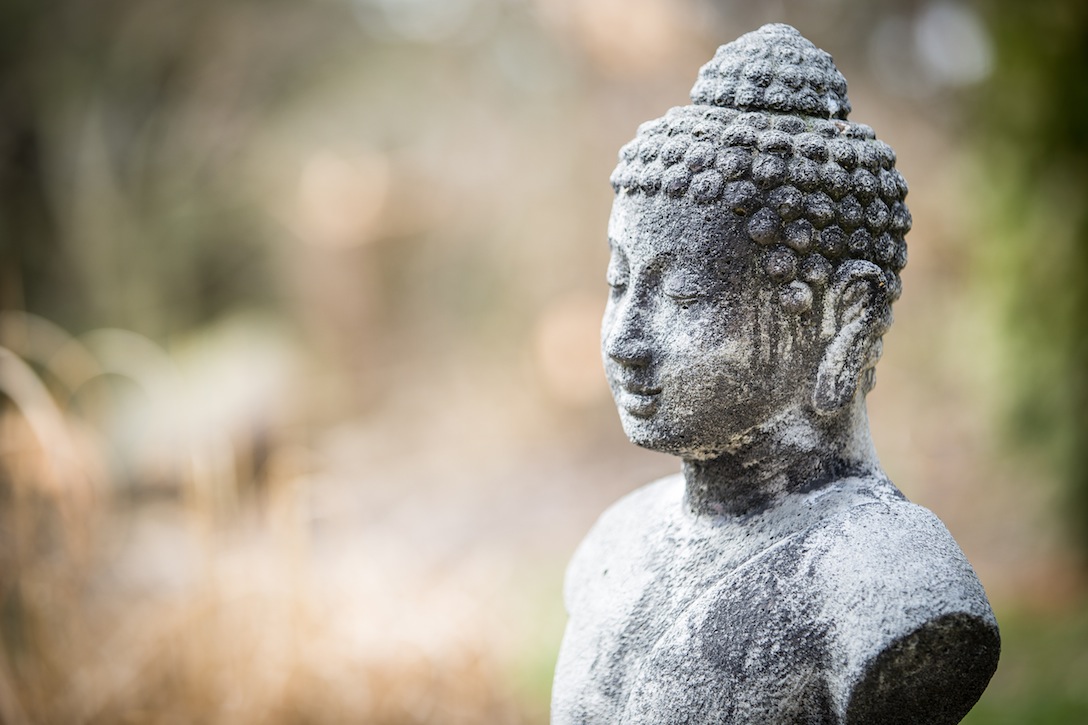

 A Mala is a string of beads used to count mantras (Sanskrit prayers) in sets of 108 repetitions. The practice of chanting a mantra is used as a form of meditation. A mantra is a word or series of words chanted aloud or silently to invoke spiritual qualities. In the yogic tradition a mantra is a Sanskrit word that has special powers to transform consciousness, promote healing or fulfill desires.
A Mala is a string of beads used to count mantras (Sanskrit prayers) in sets of 108 repetitions. The practice of chanting a mantra is used as a form of meditation. A mantra is a word or series of words chanted aloud or silently to invoke spiritual qualities. In the yogic tradition a mantra is a Sanskrit word that has special powers to transform consciousness, promote healing or fulfill desires.